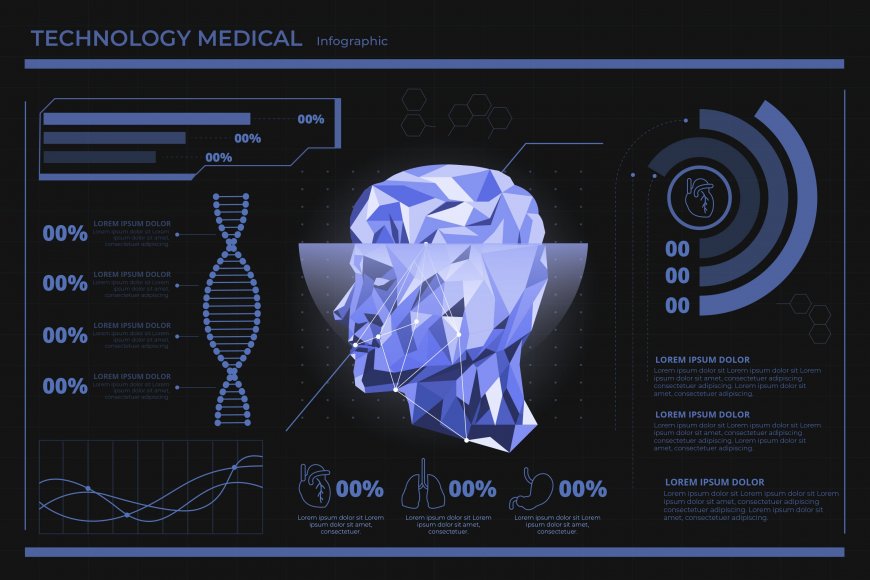Mainstream solutions for brain-computer interface technology

In the field of brain-computer interface technology, there are currently three dominant technological solutions: non-invasive devices, invasive devices, and semi-invasive devices.
The non-invasive device is the most common one, and its working principle is similar to an electrode cap worn on the head. Instead of having direct contact with the brain, this device records and interprets information from the brain through electrode pads attached to the scalp. Although this technology is non-invasive and safe, its application scenarios are relatively limited due to its poor signal quality and susceptibility to interference from the scalp and skull.
Invasive devices are the technological solution used by Musk's Neuralink. This solution requires direct invasion of the brain, and the whole process is quite complicated. First, open a small hole in the patient's skull, and then set the brain-computer interface into it. Neuralink's brain-computer interface device N1 is only as big as a coin, but its internal chip comes with 64 wires, and each wire has 16 electrodes to collect signals, for a total of 1,024 electrodes. These wires need to be inserted into the cerebral cortex without damaging the surrounding capillaries during the insertion process. Since the delicacy of the process is beyond the capabilities of a human, Musk has developed a surgical robot, R1, to accomplish this task. Although this invasive technological solution is capable of obtaining purer, more direct and deeper EEG signals, it is difficult, clinically risky and may trigger an immune response in the body, generating scar tissue and leading to a weakening of the signal quality of the electrodes.
Semi-invasive devices are the technical solution chosen by Tsinghua University. The brain-computer interface device for this option is very small, about the size of two coins. Through minimally invasive surgery, the device is placed inside the skull and the electrodes are covered with an epidural, i.e., the device is placed only in the gap between the brain and the skull, without harming or invading the brain. This brain-computer interface device is battery-less, very thin and lightweight, and powers the in-body device through the out-of-body device across the scalp and skull, and receives neural signals from the brain. Although the EEG signals captured by this solution are not as strong as invasive devices, the signal strength and resolution are sufficient for normal functional use. In addition, its low surgical difficulty, minimal trauma, easy recovery, and reduced immune response in the body make it an excellent compromise.
Overall, each brain-computer interface technology option has its advantages and disadvantages. At the application level, Musk's invasive solution is relatively lagging behind, while Tsinghua University's semi-invasive solution has already achieved remarkable results in clinical trials.
What's Your Reaction?










































